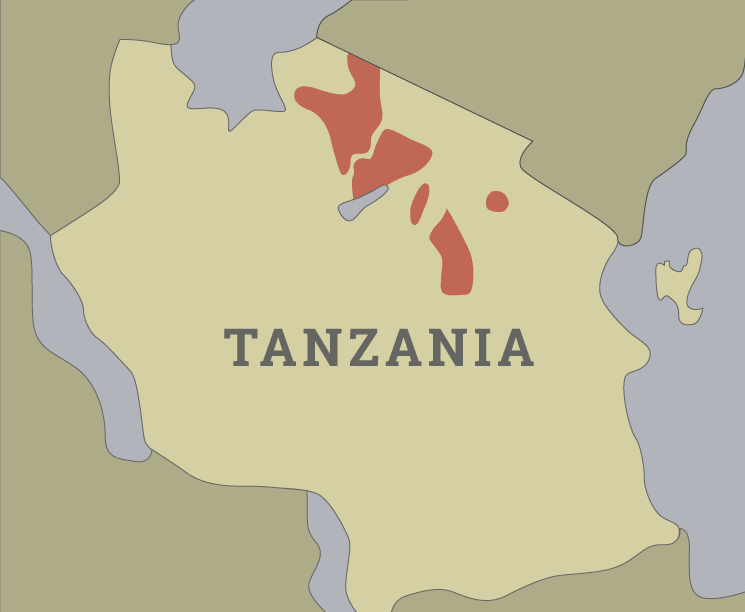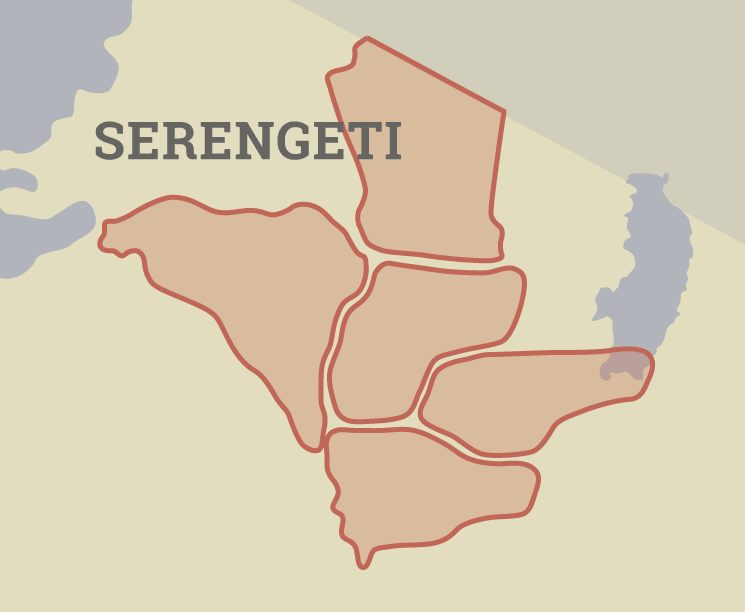November - Southward Migration
November marks the end of the dry season and the start of the southward migration season, when the great herds stream through the woodlands and flood onto the plains as stunning thunderclouds form in anticipation of the approaching green season. It is an amazing spectacle to see thousands of wildebeest, zebra and gazelle thundering southwards with lion, cheetah and spotted hyena in close pursuit. The weather is ideal in November and the occasional thundershower rarely impedes game viewing.
Occasional showers can be expected in November. In late November, towering thunderclouds form and herald the onset of the green season. November is a period of dramatic change as the rains transform the parched landscape.The rains from early November to late March are usually sporadic and typically do not last for more then a few hours. There is a chance of heavier rain during this period but during most years the heavier rains fall in April. These expected sporadic showers do not usually pose much of an inconvenience while game driving. If it does rain, it will usually clear in 1-2 hours and more then likely the rain will be localized. It is rare that rain clouds will settle over a large area for an extended period of time.
Rain falls in different amounts over various locations throughout Northern Tanzania. The Ngorongoro Crater, Tarangire and Lake Manyara receive higher rainfall then many parts of the Serengeti. There is a steep rainfall gradient in the Serengeti from the dry southeast to the wet northwest. The winds that bring rain blow from the east. The Ngorongoro Highlands block much of the rain from reaching the eastern and southern plains of the Serengeti. However, the western and northern parts of the Serengeti receive a much greater amount (2-3 times more) of participation as compared to the southern and eastern Serengeti. The wetter western and northern Serengeti areas are affected by Lake Victoria.
Temperatures are pleasant with an average high of 83 degrees and an average low of 60 degrees. However, the rim of the Ngorongoro Crater can get quite cold at night and in the early morning. Visitor numbers are relatively low during November, which combined with good game viewing opportunities makes this month an excellent choice for a safari.














